
This handout can be used for students to practice making strong passwords.
- Subject:
- Computer Science
- Cybersecurity
- Material Type:
- Homework/Assignment
- Author:
- Tara Williams
- Date Added:
- 06/06/2022

This handout can be used for students to practice making strong passwords.
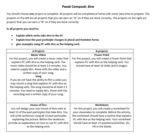
This project focuses on the passé composé with être ( the DR MRS VANDERTRAMPP verbs) Students will choose a project option and use the rubrics as guidelines for their project.
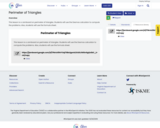
This lesson is a Jamboard on perimeter of triangles. Students will use the Desmos calculator to compute the problems. Also, students will use the formula sheet.

Students will work independently to review short a CVC words.
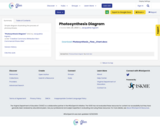
Simple diagram illustrating the process of photosynthesis.
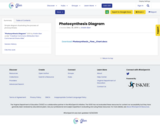
Simple diagram illustrating the process of photosynthesis.
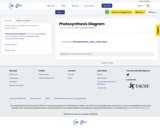
Simple diagram illustrating the process of photosynthesis.
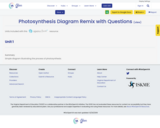
Simple diagram illustrating the process of photosynthesis.
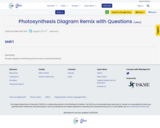
Simple diagram illustrating the process of photosynthesis.
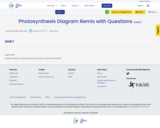
Simple diagram illustrating the process of photosynthesis.

Simple diagram illustrating the process of photosynthesis.
Download this flow chart as a word document and share with students in google classroom or print the paper copies. Please feel free to edit and make any needed changes to make it relevant to your classroom.
A modified version of the chart has also been included to accommodate different learning styles and provide differentiation.

Simple diagram illustrating the process of photosynthesis.
Download this flow chart as a word document and share with students in google classroom or print the paper copies. Please feel free to edit and make any needed changes to make it relevant to your classroom.
A modified version of the chart has also been included to accommodate different learning styles and provide differentiation.

Simple diagram illustrating the process of photosynthesis.
Download this flow chart as a word document and share with students in google classroom or print the paper copies. Please feel free to edit and make any needed changes to make it relevant to your classroom.
A modified version of the chart has also been included to accommodate different learning styles and provide differentiation.
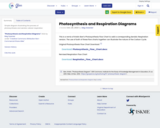
Simple diagram illustrating the process of photosynthesis and aerobic cellular respiration
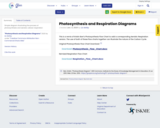
Simple diagram illustrating the process of photosynthesis and aerobic cellular respiration
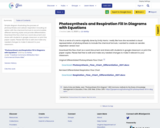
Simple diagram illustrating the process of photosynthesis and cellular respiration including an option with the chemical formula to accommodate different learning styles and provide differentiation.
Download this flow chart as a word document and share with students in google classroom or print the paper copies. Please feel free to edit and make any needed changes to make it relevant to your classroom.
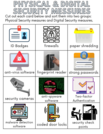
This is a resource is a sorting activity for use with a lesson on Physical and Digital Security measures, SOL MSCSE.12.

In this unit, students grapple with common second grade themes through reading the easily relatable series Pinky and Rex. Through connecting with Pinky and Rex, students will learn that it's okay to be different and to be proud of who they are, no matter what others may think. Students will also learn about what it truly means to be a good friend and how friends can support and stick up for one another in a variety of ways. They will also see that it's okay for boys and girls to be friends, even best friends. This unit builds onto multiple units from first grade in which students learned what it means to be a good friend and a good person. It is our hope that this unit deepens the understandings developed in previous grades by giving students characters to connect with. These connections are especially important for students who are struggling with some of the same issues and aren't sure how to process or talk about them.
In reading this unit is a transition from units that were predominately read aloud into a unit that is almost entirely shared or independent reading. Pinky and Rex are perfect texts for second graders, not only because of the important themes they teach but because of the way in which James Howe develops character and plot over the course of the series. As readers, students will be challenged to notice the descriptive details James Howe includes to show how characters feel in response to different problems and challenges. They will also be challenged to notice how a character's dialogue shows what they are truly feeling and how the different'said' words James Howe includes deepens that understanding. Students will also begin to analyze why certain words in a text are written in italics and what that shows about how a character is feeling. This deep dive into character will allow students to truly understand the characters and the lessons that they are learning. By reading four books in the series, students will also have the chance to see how characters develop over the course of multiple texts. By the fourth text, students will have a deeper, more nuanced understanding of all three characters.

This guided reading of Edgar Allan Poe’s “The Pit and the Pendulum” (1842) focuses on expanding vocabulary, developing student understanding of imagery and other figurative language, strengthening reading comprehension, and strengthening writing skills.
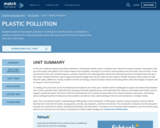
In this unit, students explore how plastic pollution is choking the world's oceans. Students learn about the history of plastic, how plastic ends up in the ocean, how plastic in the ocean impacts the ecosystem, and why it's so hard to remove plastic from the ocean once it's there. In the second half of the unit, students explore a variety of solutions for reducing plastic waste and reducing the amount of plastic that ends up in the ocean. Students will learn about large policy-based changes that can be made and also explore smaller voluntary actions they can take that will make a difference. Finally, students end the unit doing a research project aimed at educating others about the dangers of plastic and its impact on the environment.
In reading, this unit serves as the foundational informational unit of the year. Students will be challenged to explain the relationship between two or more scientific ideas, determine the meaning of domain-specific words, and understand the reasons and evidence the author uses to support a particular point. Since this is the first informational unit, routines and procedures for active annotation, discussion, and writing about reading should be introduced so that students are able to show understanding of the text and standards in multiple modes.